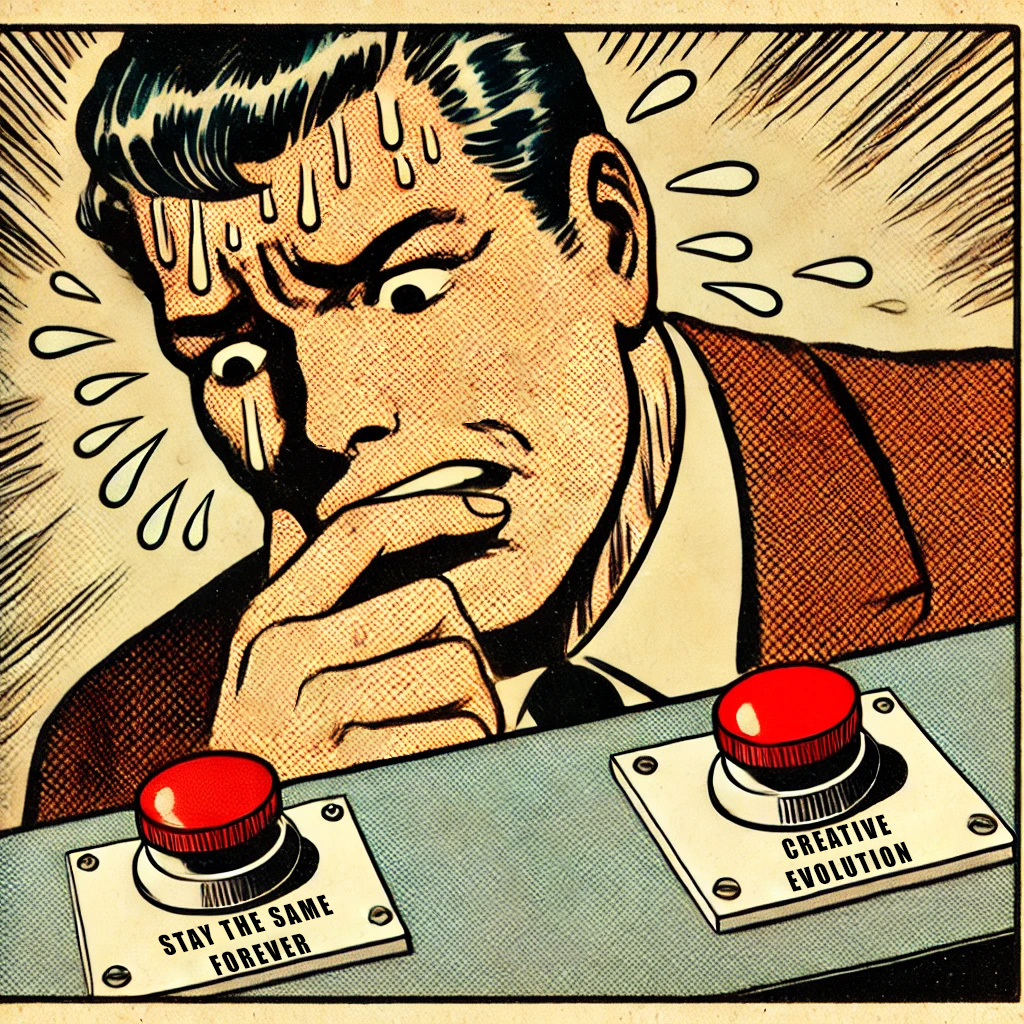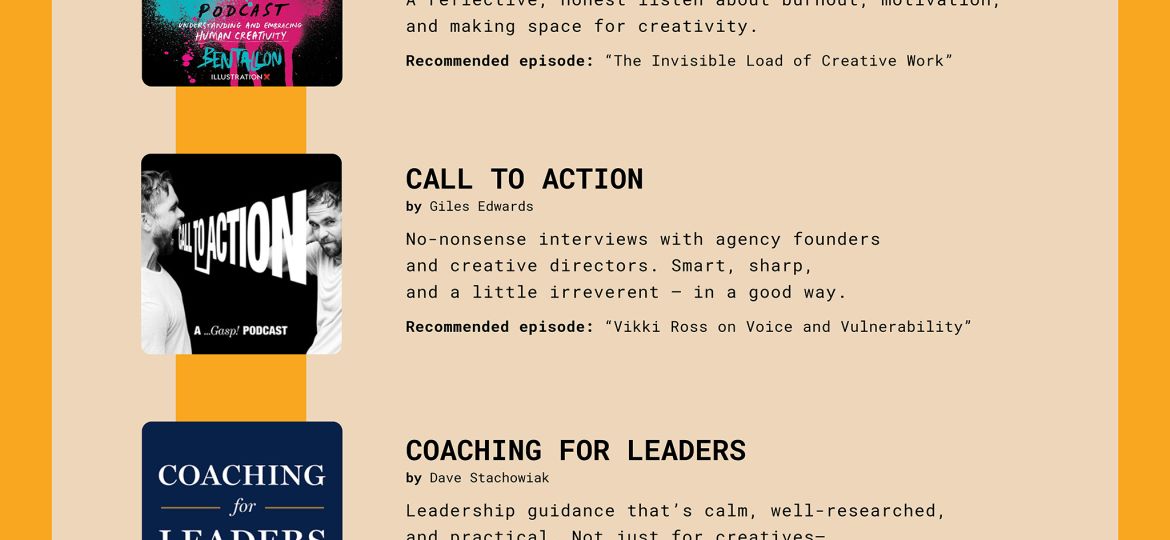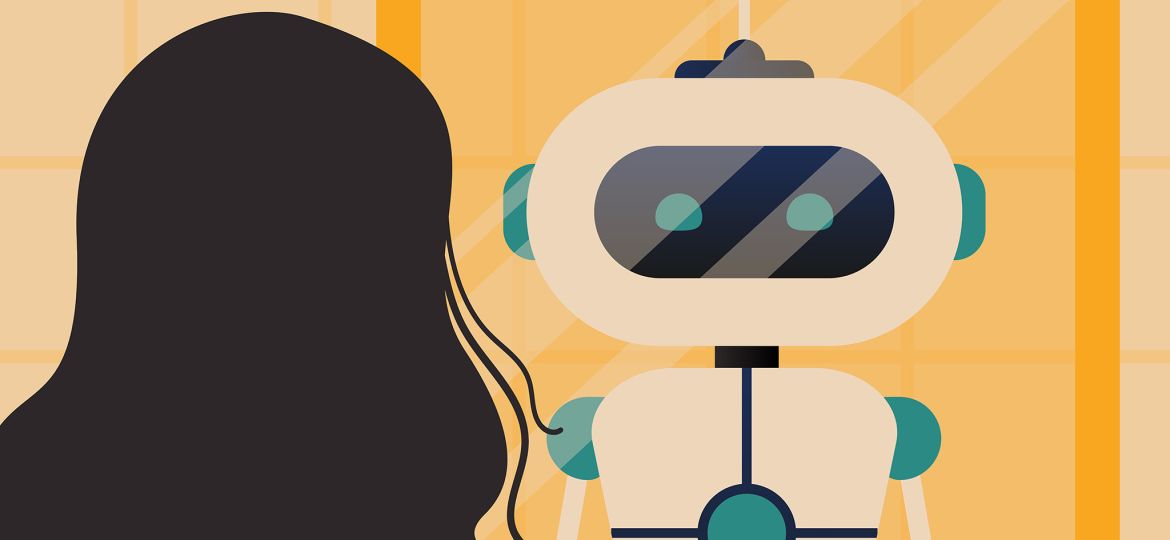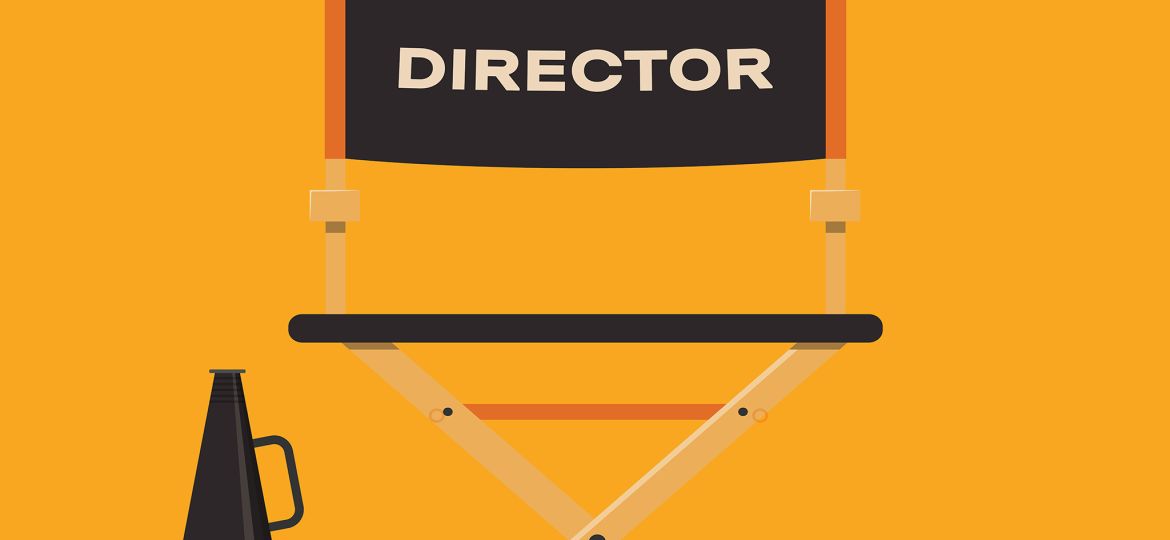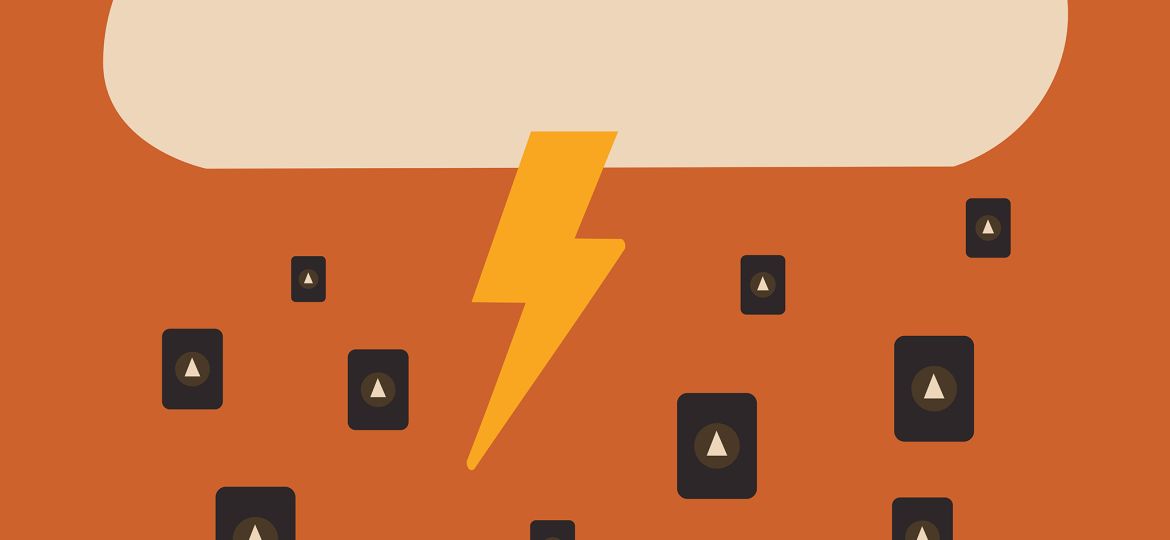“Take creative risks” is one of those phrases that gets thrown around often—by clients, by managers, by the occasional LinkedIn guru. But what does it actually mean? More importantly, what does it mean for working creatives who balance originality with practical constraints?
Creative Risk Isn’t Recklessness
Taking creative risks doesn’t mean being irresponsible, ignoring client needs, or making arbitrary choices just to be “bold.” It means making informed, thoughtful decisions that push boundaries in a way that serves the work. A good creative risk is intentional—it challenges norms, experiments with new ideas, or introduces an unexpected perspective while still being effective.
Where Creative Risk Shows Up
Risk in creativity comes in many forms, including:
- Challenging conventions. Questioning the expected style, format, or approach.
- Experimenting with new techniques. Trying new tools, mediums, or design choices, even when they aren’t proven.
- Pushing back (professionally). Advocating for stronger, more conceptually sound ideas rather than defaulting to safe choices.
- Embracing discomfort. Accepting that true originality often feels uncomfortable at first—for you and for your audience.
How to Take Smart Creative Risks
- Know the Rules First. Understanding best practices allows you to break them in a meaningful way.
- Justify the Risk. A creative risk should have a clear reason behind it—not just novelty for novelty’s sake.
- Prototype & Test. Small-scale experimentation lets you gauge effectiveness before full commitment.
- Prepare for Resistance. Not everyone will immediately see the value in an unconventional choice—be ready to explain and defend it.
- Learn from the Outcome. Whether it succeeds or fails, each risk refines your instincts and strengthens your work.
The Risks of Avoiding Risk
Playing it safe all the time leads to stagnation—both for individuals and for creative industries as a whole. Without risk, design and storytelling become repetitive. Taking no creative risks at all is often the biggest risk of all: it makes your work forgettable.
Creative risk isn’t about being reckless or rebellious for the sake of it. It’s about having the courage to pursue ideas that might not have an obvious guarantee of success but have the potential to make the work better. And that’s where real creative growth happens.

